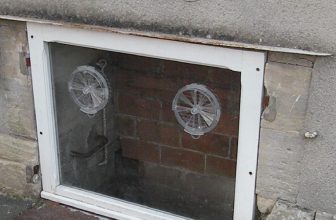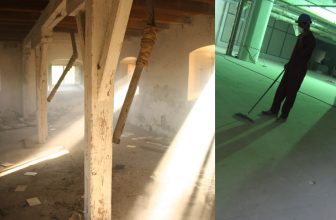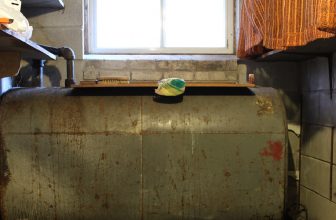How to Heat a Crawl Space
Crawl spaces can be a great place to store items and even an extra living space, but they are often too cold to use. If you’re looking for ways to make your crawl space more comfortable, you should consider heating it up. Heating a crawl space can improve the area’s air quality, reduce moisture, and make it easier to access items stored in the space. It can also be a cost-effective way to heat your home since crawl spaces are usually connected to the main living areas.
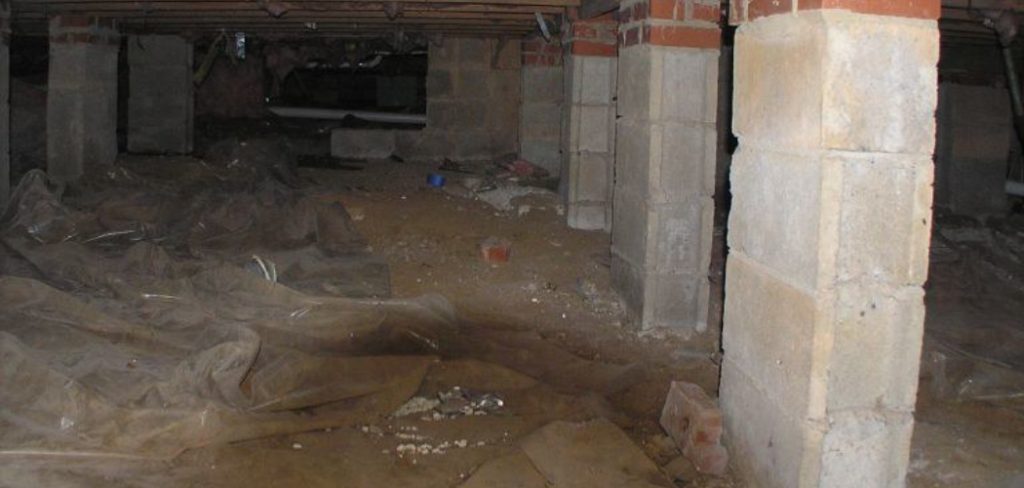
Heating a crawl space has a number of advantages. First, it helps create a much more comfortable environment for those living in the home and reduces energy costs. Heating a crawl space can also reduce the chance of mold or mildew growth due to higher temperatures and humidity levels within the area. Additionally, by heating the crawl space, it can help to protect any pipes running through it from freezing during cold weather. In this blog post, You will learn in detail how to heat a crawl space.
Step-by-step Instructions for How to Heat a Crawl Space
Step 1: Inspect Your Crawl Space
Before you start work, inspect your crawl space to ensure there are no water or electrical issues. Check for any standing water and ensure all wiring is properly sealed away from moisture and other hazards. There are a variety of heating systems available for use in crawl spaces. Consider factors such as size, budget, and energy efficiency before deciding.
Step 2: Install Thermal Insulation
Installing thermal insulation helps to keep the heat in your crawl space and reduces energy costs. Make sure that all cracks and crevices are adequately sealed before continuing. The heating system should be placed in an area that allows for adequate airflow and space to work. Avoid installing the system too close to combustible materials such as wood, paper, or cardboard.
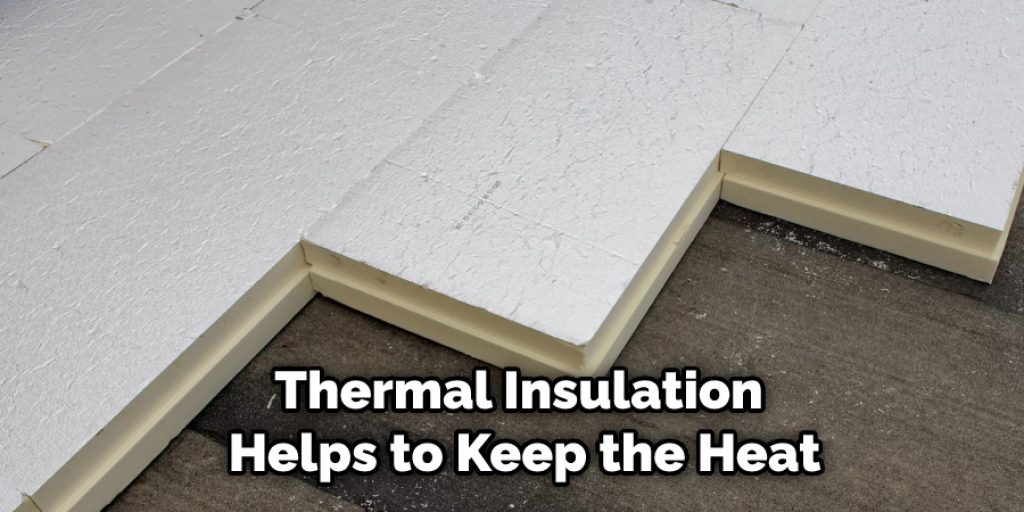
Step 3: Make Connections for Gas and Electrical Supply Lines
Depending on your chosen heating system, you may need to connect gas and electrical supply lines to the crawl space. Consult with an expert or read the manufacturer’s instructions before beginning. Installing ductwork allows the heated air to be distributed throughout your crawl space. Make sure that all joints are sealed tightly and that the ducts are properly secured in place.
Step 4: Install the Heating System
Once all connections have been made, and ductwork has been installed, you can now begin installing the heating system. Follow the manufacturer’s instructions carefully to ensure a successful installation. Before using your newly installed system, test it to ensure everything is functioning properly. Turn the system on and off a few times and check for any abnormal noises or smells.
Step 5: Insulate Piping
Any exposed piping should be insulated to prevent heat loss. Consider using insulation tape, foam insulating sleeves, or other forms of insulation for best results. Once the heating system is installed and running, it is important to monitor it regularly. Check for any signs of moisture or other issues that may indicate a problem with your system.
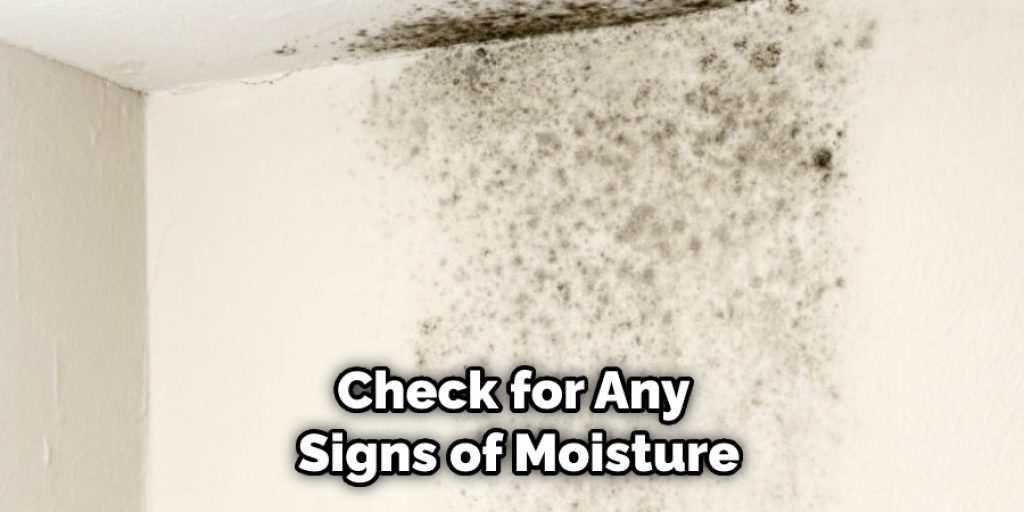
You can help ensure your system runs efficiently and safely by staying on top of maintenance. Following these steps will help you heat your crawl space safely and effectively. With a little patience and preparation, you can enjoy the warmth of your newly heated crawl space in no time.
Safety Tips for How to Heat a Crawl Space
- Always ensure you are up to date on all safety regulations and codes for your area before beginning any work in a crawl space or using heating equipment.
- Wear protective gear when entering and working in the crawl space, including gloves, goggles, and a filter mask to protect from dust and other airborne particles.
- Be aware of any potential hazards in the crawl space and take necessary precautions, such as looking for mold, insulation that could be a fire hazard, or other safety issues.
- Ensure you have adequate ventilation when heating the crawl space to prevent toxic fumes from building up due to improper burning of fuel-based heaters.
- If using electric heaters, check that all wiring is up to code and be sure not to overload circuits by connecting too many heaters simultaneously.
- Remove any combustible materials from the crawl space before beginning any heating process, and never leave any heating equipment unattended while in use.
- Check all heating equipment regularly to ensure it works properly and runs safely. If there are any issues, do not attempt to fix them yourself—contact a professional for assistance.

Following these safety tips ensures that heating your crawl space is done safely and efficiently. With the right precautions in place, you can enjoy the warmth of a properly heated crawl space without putting yourself or your home at risk.
How Do You Prevent Moisture From Accumulating in a Crawl Space When Heating It?
When attempting to heat a crawl space, it is important to prevent moisture from accumulating. If you do not take proper precautions, the warm air could cause condensation, eventually leading to mold growth. Moisture control strategies used in crawl spaces include:
- Insulating the Crawl Space: Properly insulating the walls and floor of the crawl space can help to keep moisture out. This is because insulation helps reduce air leakage and slow airflow in and out of the area.
- Installing a Vapor Barrier: A vapor barrier is a plastic sheet that is laid on top of the ground in the crawl space. It acts as a barrier, preventing moisture and humidity from entering the area.
- Controlling Air Temperature: Since warm air can hold more moisture than cool air, controlling the temperature of the air in your crawl space is important. It is best to keep the temperature between 55 and 62 degrees Fahrenheit.
- Adding a Dehumidifier: Installing a dehumidifier in a crawl space can help reduce the humidity level and minimize the risk of mold growth.
By following these steps, you can ensure that your crawl space is properly heated while also preventing moisture from accumulating. Doing so will help to keep your home or business safe and free of mold-related issues.
How Often Should You Check Your Crawl Space Heater and Ventilation System?
It’s important to regularly check the efficiency of your crawl space heater and ventilation system. Depending on the size and complexity of the system, it may need to be checked more or less frequently. Generally speaking, you should check your crawl space heating system every six months for any signs of wear, tear, or malfunctioning components that need replacing or repair. If you notice any issues, contact a professional technician as soon as possible to keep your crawl space heater functioning properly.
During the heating season, it’s also important to check your ventilation system and ensure that heat is being pushed through the entire crawl space evenly. Make sure all vents are clear of debris and remove any obstacles that may be blocking the airflow. If you notice that one area of the crawl space is not getting as much heat as other areas, you may need to install additional vents or re-balance the ventilation system.
How Can You Reduce Energy Costs When Heating a Crawl Space?
Heating a crawl space can be expensive, but there are ways to reduce energy costs and make it more efficient. Here are some tips on heating a crawl space in the most cost-effective way:
- Install Insulation: Installing insulation will help keep the warm air from escaping through the walls and ceiling of your crawl space. This will help keep your crawl space warm and prevent money from being wasted on unnecessarily high energy bills.
- Seal Air Leaks: Make sure to seal any cracks or air leaks in your crawl space, especially around windows and doors. Sealing these areas can help reduce energy costs by preventing warm air from escaping through the gaps.
- Use Space Heaters: Space heaters can be a great way to heat up small areas while being more energy efficient than traditional heating systems. They are especially helpful in crawl spaces because they provide targeted and localized heating, which can save money on energy costs.
- Install a Dehumidifier: Maintaining a proper humidity level in your crawl space can help reduce energy costs. A dehumidifier can be installed to help regulate the humidity and ensure it does not get too high.
- Install a Fan: Installing a fan in your crawl space can help circulate air, making it easier for heaters to warm up the space. This can reduce energy costs by making it easier for heaters to do their job.

By properly insulating, sealing air leaks, using space heaters, installing a dehumidifier, and adding a fan, you can keep your crawl space warm while saving money on energy costs.
Conclusion
In conclusion, heating a crawl space is a great way to regulate the temperature in your home while also keeping it dry and free of moisture. It can be done in many different ways, depending on your budget and the needs of your home. You can use either an electric heater or insulation and other methods such as fans or vents.
Whatever method you choose, make sure you consider each option carefully and that it fits into your budget and home needs. With the proper crawl space heating, you can ensure that your home is comfortable all year round. I hope this article has been beneficial for learning how to heat a crawl space. Make Sure the precautionary measures are followed chronologically.

